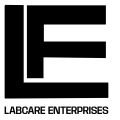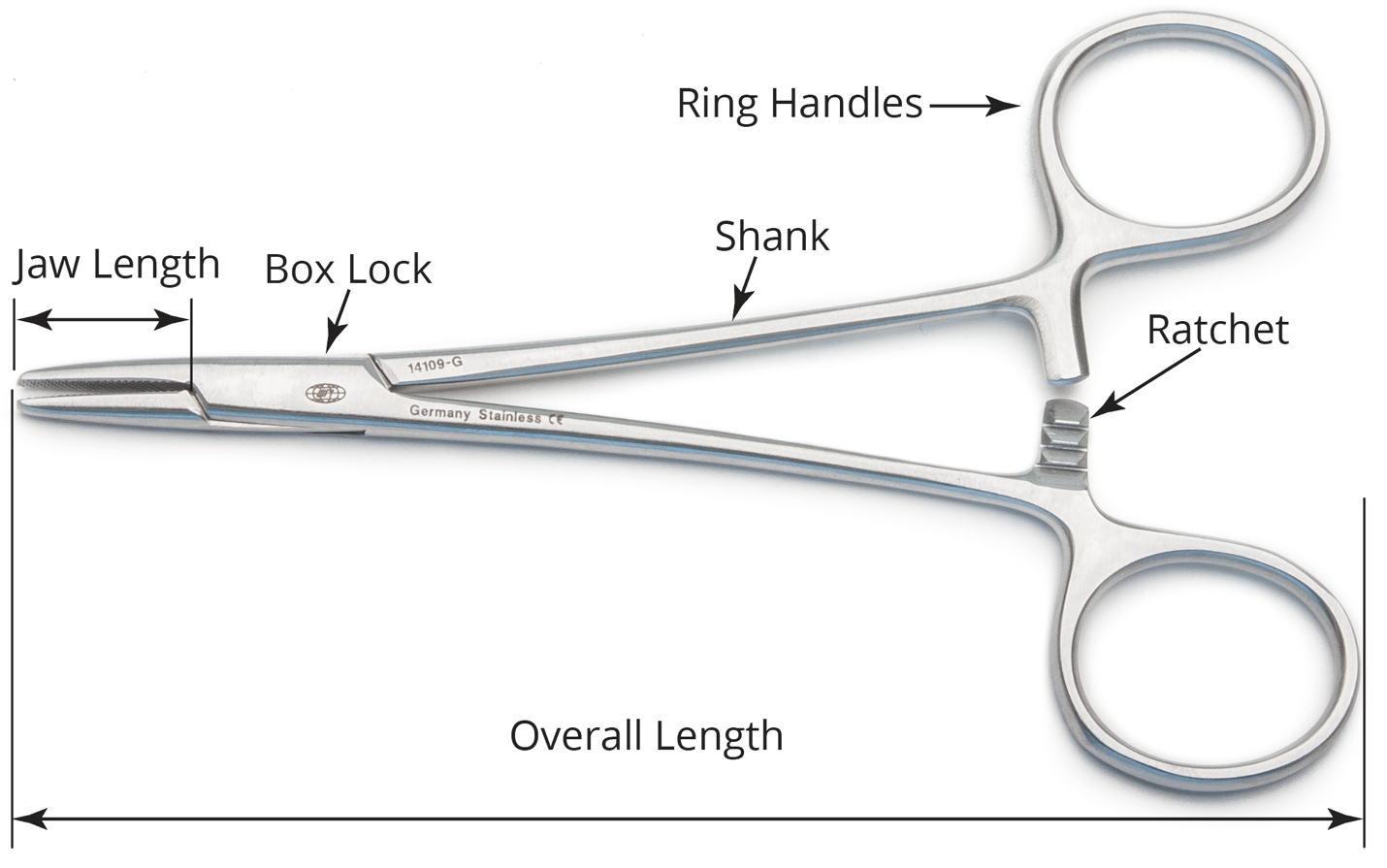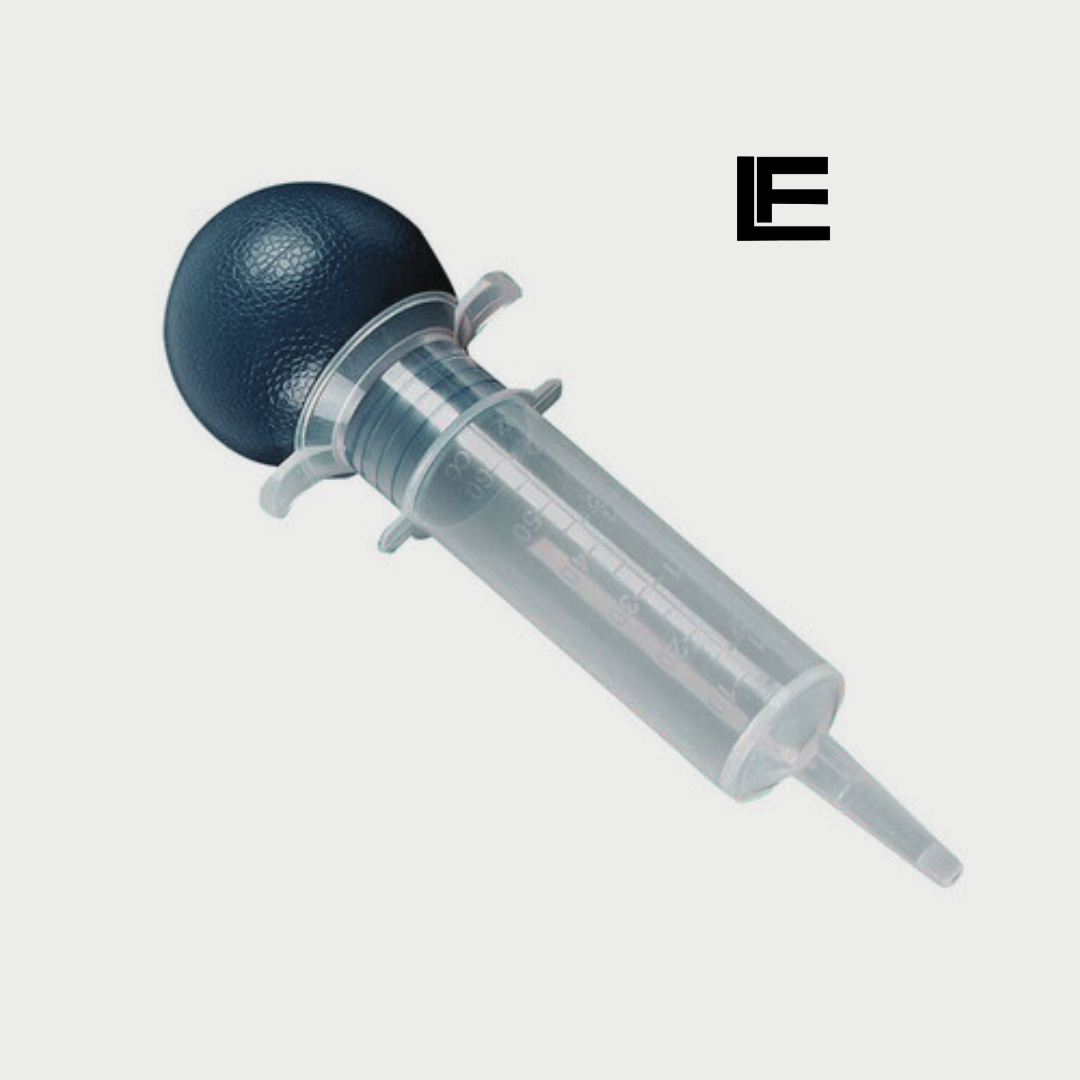Asepto syringes are essential medical instruments that are regularly used in a range of healthcare settings. Because they ensure accurate and efficient fluid delivery, these syringes—which are designed for irrigation and fluid administration—are crucial to medical therapies. In this article, we’ll cover everything you need to know about the asepto syringe, including its benefits, uses, features, and safe handling techniques.

An Asepto Syringe: What Is It?
A specialized medical syringe made for fluid irrigation is called an asepto syringe. Its plunger-equipped bulb or barrel provides smooth control over fluid intake and output. Usually holding 60 to 120 milliliters of fluid, these syringes are constructed from rubber or medical-grade plastic for sterility and longevity.
The Asepto Syringe’s Features and Design
- Bulb or Plunger Design: For regulated fluid flow, Asepto syringes are equipped with either a bulb mechanism or a plunger system.
- Large Capacity: They can store more fluid than typical syringes, typically between 60 and 120 milliliters.
- Medical-Grade Material: Constructed from premium rubber or plastic to preserve sterility and avoid contamination.
- Reusable or Disposable: While some asepto syringes are made to be used just once, others can be cleaned and used again.
- Easy-Grip Structure: Made to be comfortable to handle, this structure makes administering fluids accurate and simple.
Asepto Syringe Applications in Medical Practice
Asepto syringes are frequently utilized in a number of surgical and medical procedures, such as:
1. Irrigation of Wounds
Asepto syringes are frequently used to clean wounds by using sterile saline or antiseptic solutions to flush out pollutants, bacteria, and debris.
2. Operative Techniques
Asepto syringes help clean surgical areas during procedures, lowering the chance of infection and preserving the surgeon’s perspective.
3. Dental and Oral Health
In order to properly clean the oral cavity, particularly following tooth extractions or other dental treatments, dentists employ asepto syringes for oral irrigation.
4. Irrigation of the Ears and Nasal
They help patients feel more comfortable and maintain better hygiene by clearing out nasal obstructions or earwax accumulation.
5. Care Following Surgery
Asepto syringes aid in the irrigation of surgical sites and wounds during post-operative care in order to promote quicker healing and avoid infections.
Advantages of Asepto Syringe Use
- Accurate Fluid Control: Accurate fluid dispensing and suctioning are made possible by the bulb or plunger mechanism.
- Safe and hygienic: Constructed from premium medical materials to guarantee sterility and patient safety.
- Versatile Use: Suitable for a variety of dentistry and medical operations.
- Reduces Infection Risk: Assists in efficiently cleansing surgical sites and wounds, lowering the risk of infection.
How Can an Asepto Syringe Be Used?
To properly utilize an asepto syringe, take the following actions:
Before using the asepto syringe, make sure it is sterile.
- Fill with Fluid: To extract the necessary liquid (saline, antiseptic, or medication), squeeze the bulb or lift the plunger.
- Irrigate the Area: To release the fluid at a regulated rate, gently press the plunger or bulb.
- Sterilize or dispose of: After using a disposable syringe, dispose of it properly. Sterilize it well before using it again if it is reusable.
In conclusion
One essential medical instrument for irrigation in hospital environments is an asepto syringe. It is essential for wound care, surgery, and post-operative care because of its accurate control, ease of handling, and variety of uses. Knowing how to use and benefit from an asepto syringe can improve medical care and hygiene, whether you are a patient or a medical practitioner.
For safety and efficacy, make sure the asepto syringes you purchase are manufactured with medical-grade materials if you’re searching for high-quality ones. Have you already used an asepto syringe? Leave a comment below on your experience!





